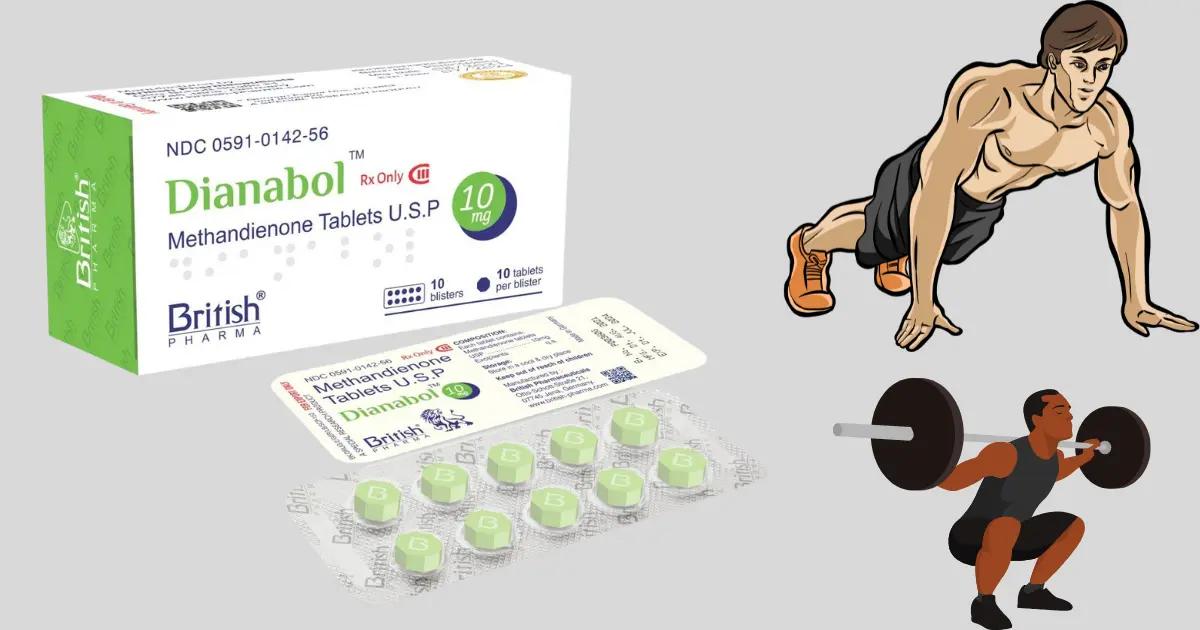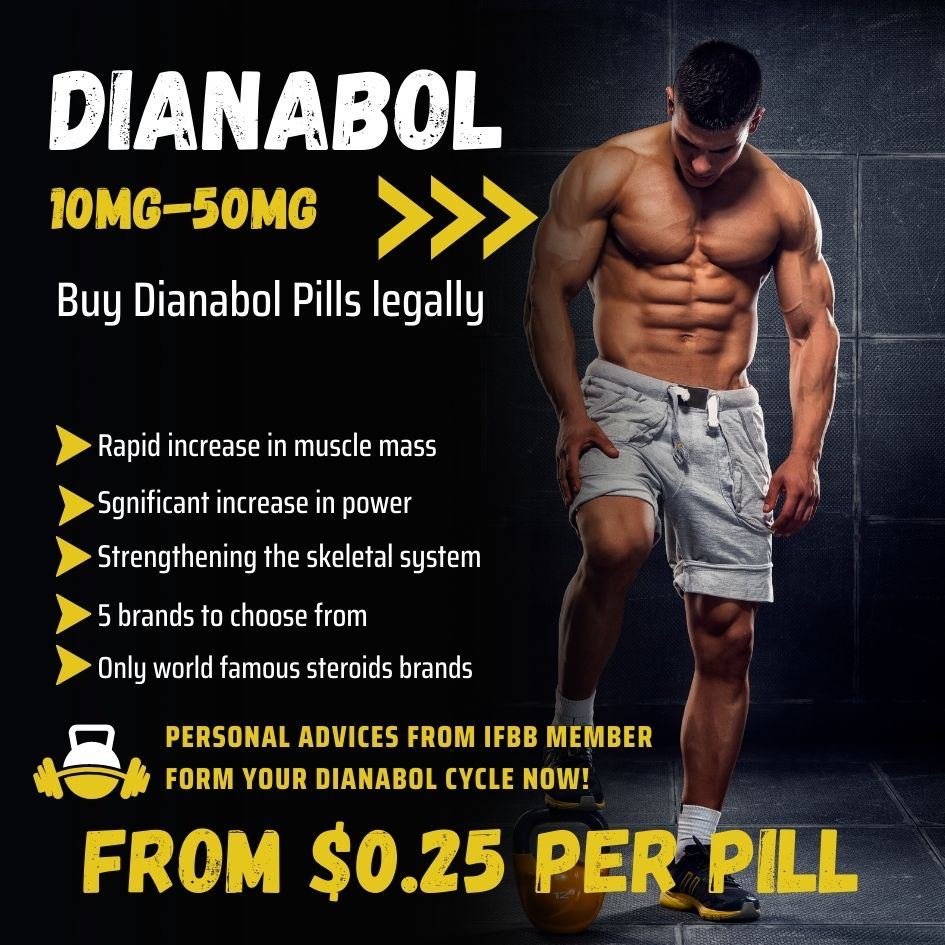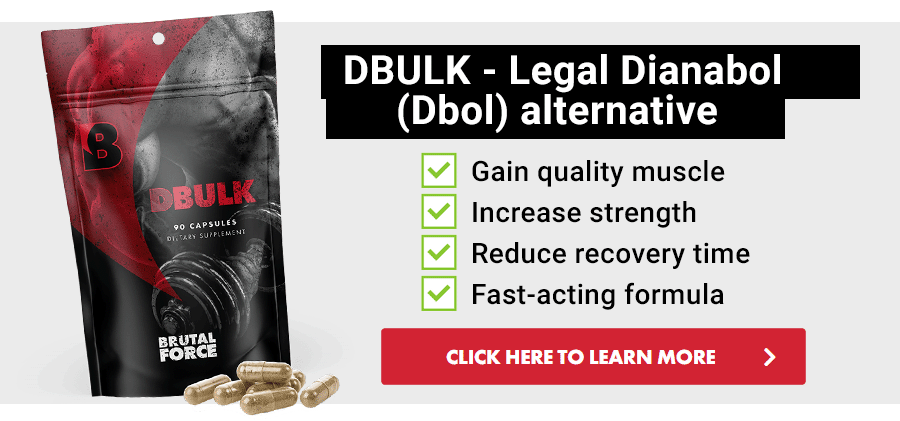When To Take Dianabol Before Or After Workout

The clandestine world of anabolic steroids continues to stir debate, particularly regarding optimal usage protocols. At the heart of this discussion lies Dianabol, also known as methandrostenolone, a potent oral steroid favored by some for its rapid muscle-building effects. When to take this substance in relation to workouts – before or after – is a question rife with anecdotal claims but scarce scientific consensus, creating a potentially hazardous landscape for individuals seeking performance enhancement.
This article delves into the timing dilemma surrounding Dianabol administration, scrutinizing available data, expert opinions, and potential health implications. Our goal is to provide a balanced overview, empowering readers to make informed decisions, if any, acknowledging that the use of anabolic steroids carries significant risks and is illegal without a prescription in many jurisdictions. We will explore the pharmacokinetic properties of Dianabol, examine its impact on muscle protein synthesis, and consider the potential side effects associated with varying administration times.
Understanding Dianabol's Pharmacokinetics
Dianabol's effects stem from its ability to bind to androgen receptors, leading to increased protein synthesis and nitrogen retention within muscle cells. Its relatively short half-life, typically ranging from 3 to 6 hours, is a crucial factor when considering timing protocols. This means the concentration of the drug in the bloodstream peaks and declines relatively quickly.
Some argue that pre-workout administration aligns the peak concentration with the workout itself, theoretically maximizing the anabolic stimulus during training. The rationale is that higher circulating levels of Dianabol during exercise could enhance muscle protein synthesis and promote greater strength gains.
Conversely, others propose that post-workout administration may be more beneficial for recovery and muscle repair. After a strenuous workout, muscles are primed to absorb nutrients, and taking Dianabol at this time could theoretically facilitate this process.
Pre-Workout Administration: Potential Benefits and Risks
The primary argument for taking Dianabol before a workout centers on maximizing its anabolic effect during the training session. Advocates believe that the increased androgen receptor activation during exercise could lead to greater muscle fiber recruitment and enhanced protein synthesis.
However, this approach also carries potential drawbacks. Dianabol can elevate blood pressure and heart rate, which could be further exacerbated by the physiological stress of exercise, increasing the risk of cardiovascular complications.
Moreover, some users report experiencing lethargy and mood swings as Dianabol levels fluctuate, potentially hindering workout performance. The timing of the dose relative to the workout needs careful consideration to avoid these unwanted effects.
Post-Workout Administration: Recovery and Considerations
The post-workout window is often touted as an optimal time for nutrient absorption, making it a potentially appealing time to administer Dianabol. The idea is to capitalize on the body's increased sensitivity to nutrients after exercise, potentially enhancing muscle recovery and growth.
However, the immediate post-workout period is also characterized by heightened cortisol levels, a catabolic hormone. Whether Dianabol can effectively counteract this catabolic state is a subject of debate.
Furthermore, administering Dianabol post-workout may not align its peak concentration with the actual training stimulus, potentially diminishing its anabolic impact during the exercise itself. This approach requires careful consideration of individual physiology and training goals.
Expert Opinions and Conflicting Advice
The bodybuilding community is replete with anecdotal advice regarding Dianabol timing, but credible scientific evidence is scarce. Many experienced users recommend splitting the daily dose into multiple smaller doses throughout the day to maintain more stable blood levels.
However, this approach may also increase the risk of liver toxicity due to more frequent exposure to the drug. Consulting with a medical professional is crucial before considering any steroid use, but this is often avoided due to the illegal nature of non-prescription use.
It's important to remember that anabolic steroids affect individuals differently, and what works for one person may not work for another. Factors such as genetics, training regimen, diet, and overall health all play a role in determining the optimal timing of Dianabol administration, if any.
Potential Side Effects and Health Risks
Regardless of the timing, Dianabol use carries significant health risks, including liver damage, cardiovascular issues, hormonal imbalances, and psychological effects. Gynecomastia, acne, and hair loss are also common side effects.
These risks are amplified when Dianabol is used in high doses or for extended periods. The potential benefits must be carefully weighed against these serious health concerns.
The use of Dianabol without proper medical supervision is strongly discouraged. Engaging in such practices can have irreversible and life-threatening consequences.
The Legal and Ethical Landscape
In many countries, including the United States, Dianabol is classified as a Schedule III controlled substance, making its possession and use illegal without a valid prescription. The unauthorized use of anabolic steroids carries legal penalties, including fines and imprisonment.
Beyond the legal ramifications, there are also ethical considerations. The use of performance-enhancing drugs raises questions about fair play and the integrity of sports.
Athletes who use Dianabol may gain an unfair advantage over their competitors, undermining the principles of sportsmanship.
Conclusion: A Call for Caution and Informed Decisions
The question of when to take Dianabol before or after a workout is complex and lacks definitive scientific answers. The available evidence is largely anecdotal, and the potential benefits must be carefully weighed against the significant health risks.
Given the legal and ethical implications, and the potential for serious side effects, individuals should exercise extreme caution and prioritize their health. If considering Dianabol, consultation with a medical professional is essential, though often impractical due to legal constraints.
Ultimately, the safest and most ethical approach is to focus on natural methods of muscle building, such as proper nutrition, consistent training, and adequate rest. These strategies, while less dramatic, offer sustainable results without compromising long-term health and well-being. The risks associated with Dianabol use generally outweigh any perceived benefits.
















)

